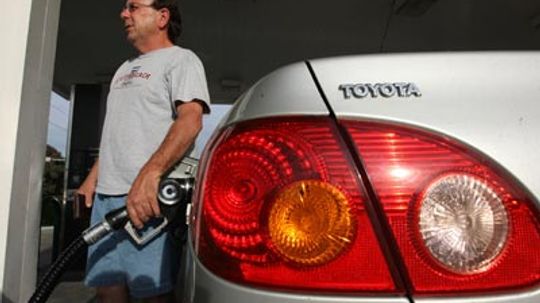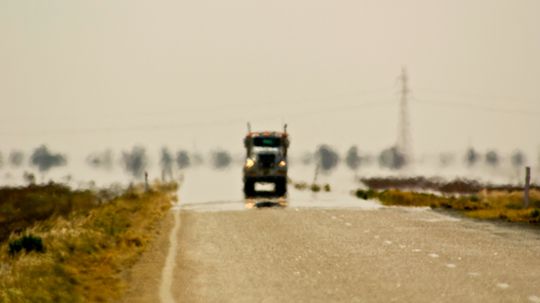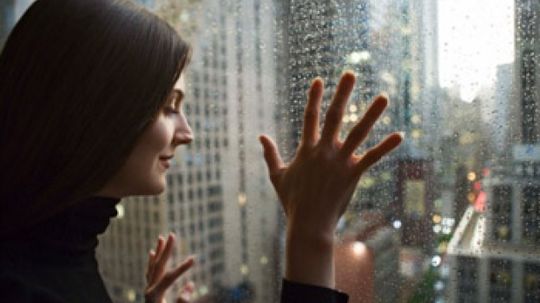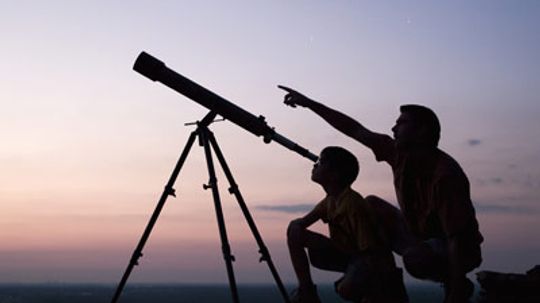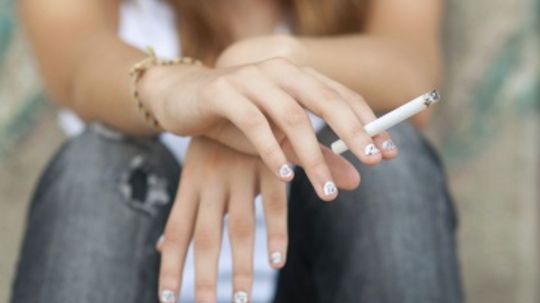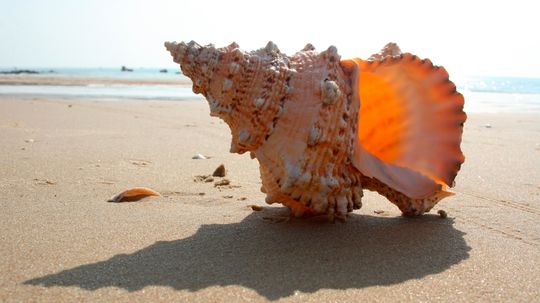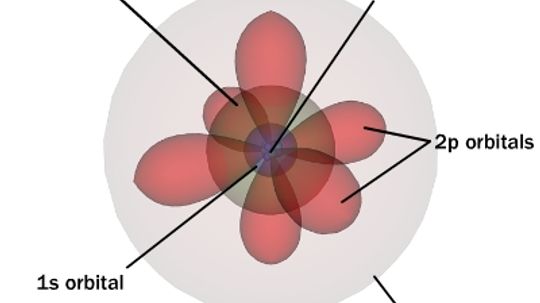Physical Science
Physical science is the study of the physical world around you. Learn about everything from electricity to magnetism in this section.

Brown Noise vs. White Noise: Which Is Best for Quality Sleep?

Can a sound wave kill you?

Can two cans and a string really be used to talk over a distance?

7 Types of Alcohol for Drinking, Cleaning and More

Understanding the Empirical Formula in Chemistry
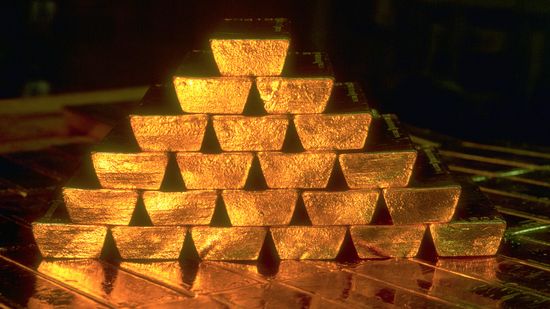
The Most Expensive Metal in the World Isn't Gold or Platinum
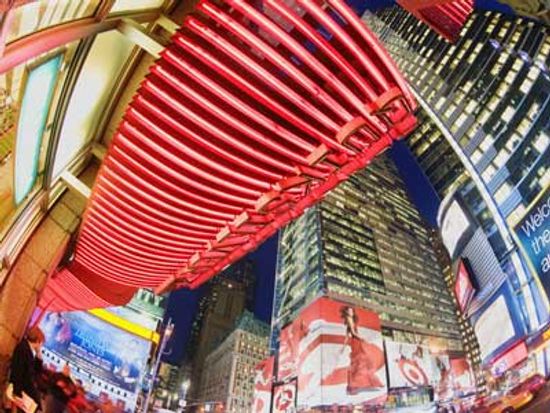
How Electricity Works

How Faraday Cages Work
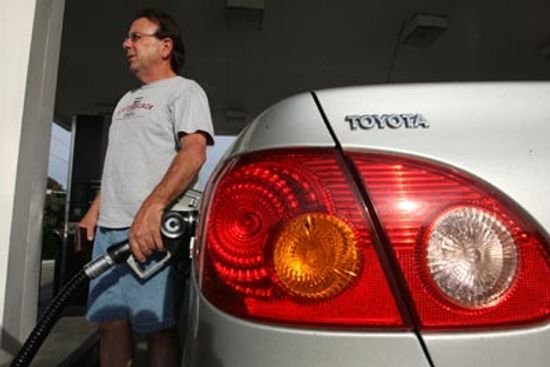
How Gasoline Works
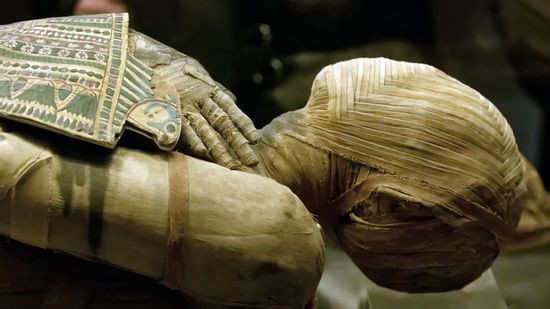
What Does Mummification Have to Do With Gene Hackman?
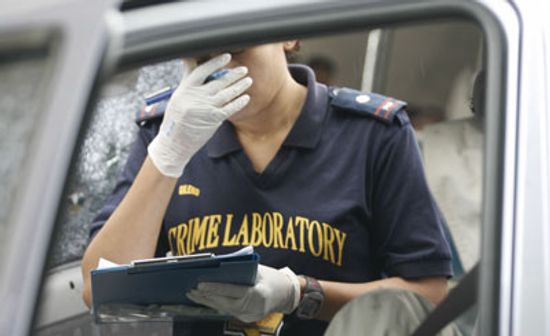
What do bugs have to do with forensic science?

5 Things You Didn't Know About Autopsies

How Alchemy Paved the Way for Chemistry
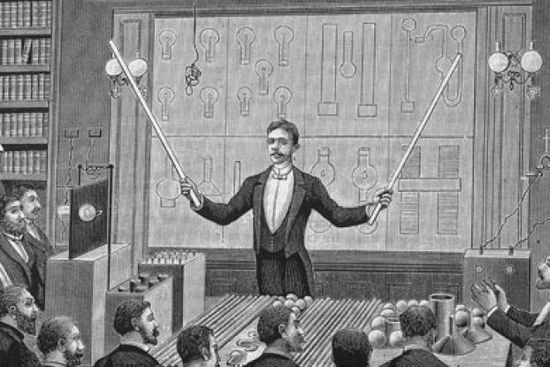
How did Nikola Tesla change the way we use energy?

Time May Not Exist, Say Some Physicists and Philosophers
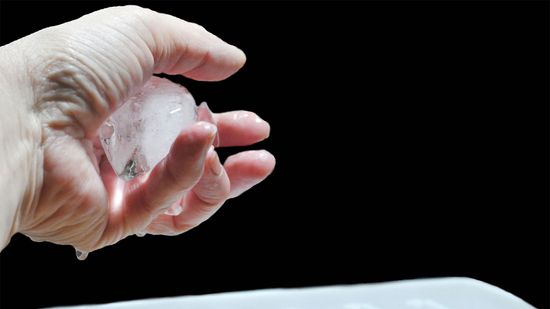
Why Does Ice Stick to Your Fingers?
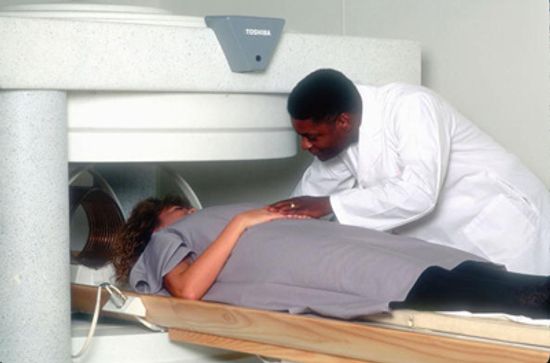
What if I forgot to remove a piercing before an MRI?
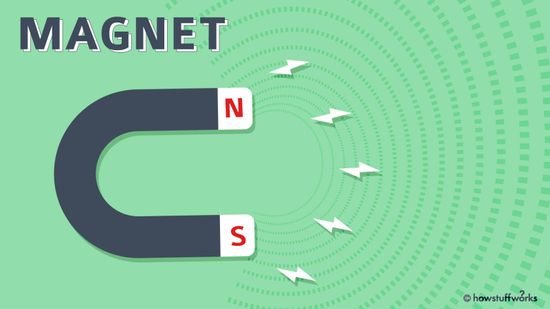
A Kid-friendly Introduction to Magnets and Magnetism
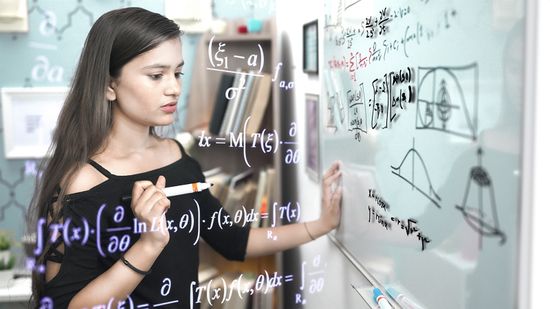
What's the Hardest Math Problem in the World? Try These 9
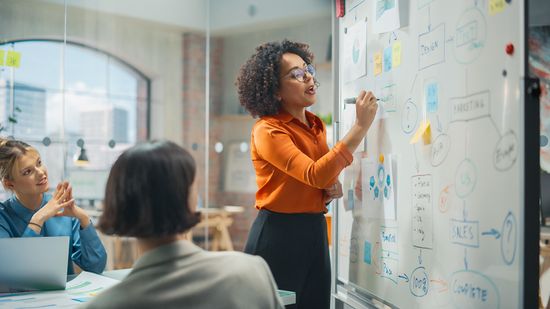
8 Types of Data That Inform Insights and Relationships
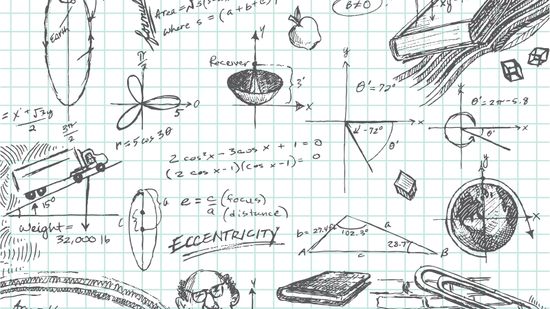
Congruent Angles: Definition, Symbol and Key Theorems
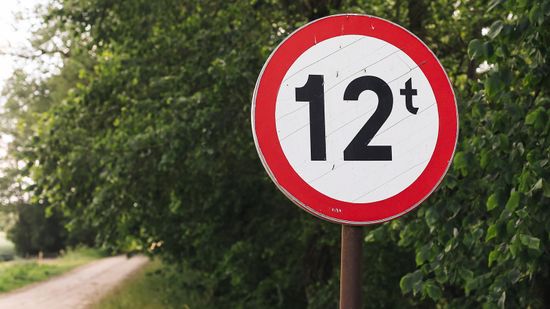
Tonnes vs. Tons: Metric vs. Imperial Measurements Strike Again
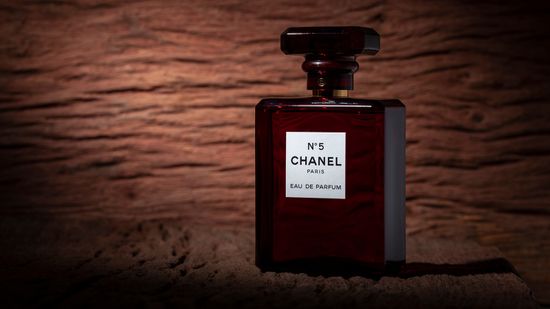
The Most Expensive Liquid Is 26,000x the Price of Human Blood
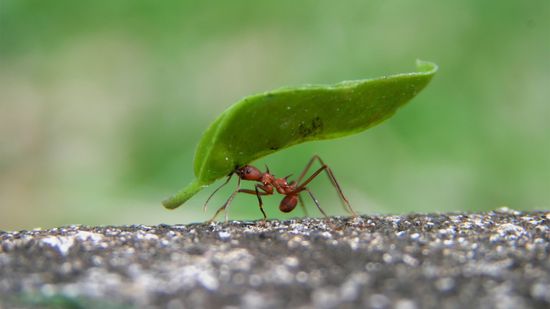
5 Hugely Fun Facts About Mass (Not Weight)

The Demon Core: A Tale of Atomic Ambition and Tragic Fate

Half-Life Formula: Components and Applications
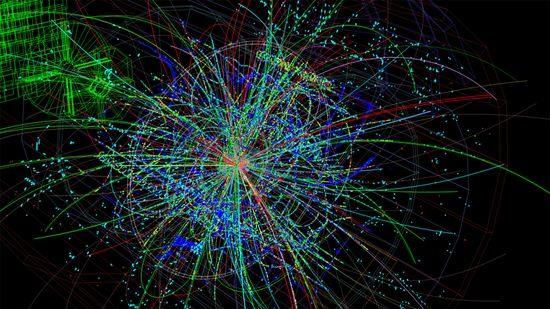
Could an 'X17 Particle' Hint at a Fifth Force in the Universe?
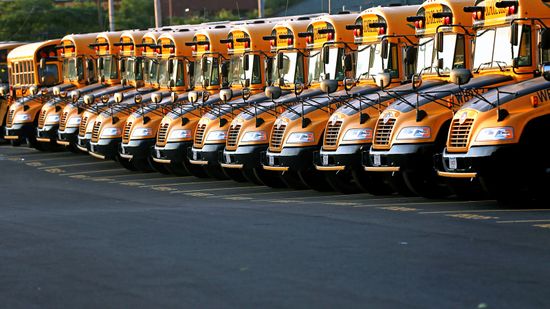
Why Are School Buses Yellow?

HowStuffWorks: How To Draw An Impossible Shape
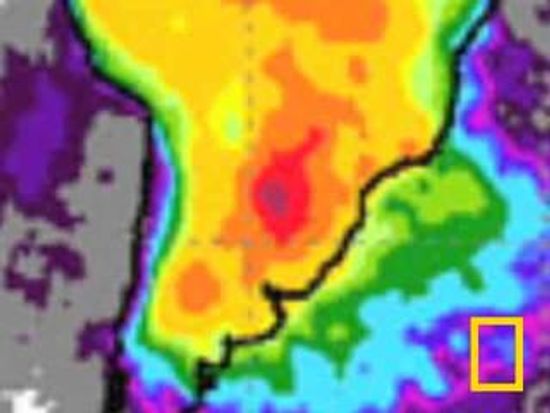
What Are the Colors in the Visible Spectrum?
Learn More / Page 4
Without gasoline, the world as we know it would grind to a screeching halt. The U.S. alone consumes well over a hundred billion gallons of gasoline per year. Learn all about this vital fuel.
You're driving down the road on a sunny day, and you see a puddle of water coming up. You look again and it's gone! What happened? You'll be able to answer that question if you read our miraculous mirage article.
By Tom Harris
Have you seen investigators on crime shows who spray some stuff on a "clean" carpet and suddenly -- blood stains! Well, of all the fictional technology on TV, it turns out this stuff is real! Find out how luminol reveals the blood.
By Tom Harris
Advertisement
Here's something to consider: The place you call home likely has walls and glass windows. Both are adept at keeping rain, snow and wind from bothering you in your abode. Only one, though, allows light to enter. Why is that?
For centuries, curious observers have probed the heavens with the aid of telescopes. Today, both amateur and professional scopes magnify images in a variety of ways.
More than 2.3 billion people across the globe drink alcohol, but most don't consider it a drug. But if you've ever seen someone who's had too much, you know alcohol has profound effects on the mind and body.
Smoking or chewing tobacco makes many people feel good, even mildly euphoric. It's the nicotine that produces the buzz. Find out how nicotine affects the human body and what makes it so addictive.
Advertisement
Do you remember holding a large conch shell up to your ear to hear the ocean? Why does this work even when you're far away from the sea?
What exactly is an atom? What is it made of? What does it look like? The pursuit of the structure of the atom has married many areas of chemistry and physics in perhaps one of the greatest contributions of modern science!
Biting on aluminum foil can be painful -- basically, when you bite on foil, you build a battery in your mouth. Ouch!
Nuclear materials get used in many forms of nuclear medicine -- everything from PET scans to chemotherapy uses them. Learn how nuclear medicine works.
Advertisement
On the one hand, nuclear power offers a clean energy alternative that decreases fossil fuel dependence. On the other, it summons images of quake-ruptured Japanese power plants leaking radioactive water. What happens in reactors in good times and bad?
The air we breathe contains 21 percent oxygen. Would we be better off breathing 100 percent oxygen?
Alfred Nobel revolutionized several industries with his invention of dynamite. Learn more about how dynamite works and its controversial history.
By Yara Simón
Just about everyone has seen a television show or movie in which a criminal suspect is questioned while detectives watch from behind a one-way mirror. How does a piece of glass manage to reflect light from one side while remaining clear on the other?
Advertisement
Rust is the common name for iron oxide, which is created when iron bonds with oxygen. In fact, pure iron is only rarely found in nature because it interacts with oxygen so easily.
I recently bought a pair of mirrored sunglasses and they are already scratched. Isn't there a way to make them scratch-resistant?
They stick around long after death and compete with the likes of Dracula, Frankenstein's monster and the Wolfman as one of the great figures of classic horror movies. Are you brave enough to unravel the history of these real-life, tangible ghosts?
By Tom Harris
The human eye misses a lot -- enter the incredible world of the microscopic! Explore how a light microscope works.
Advertisement
If serial killer Ted Bundy hadn't been a biter, he might never have been caught. What can bite marks and teeth tell us about a person?
Forensic scientists can help law enforcement catch even the wiliest perpetrator. What are their techniques?
Will your favorite criminal drama feature investigators packing calculators instead of heat? Probably not. However, forensic accountants help investigate criminal and civil cases involving financial issues like fraud.
Detectives arrive at a crime scene and lift fingerprints from the murder weapon. They'll use these oily markings to catch their criminal. But how do they match the print to the killer?
Advertisement
If you were to touch dry ice, it wouldn't be anything like touching water ice. So what's it like? Is it hot or cold? And would it leave a mark?
We've all been told not to put aluminum foil in the microwave. Stories of incredible explosions and fires are usually at the center of these ominous warnings. Why is that?
